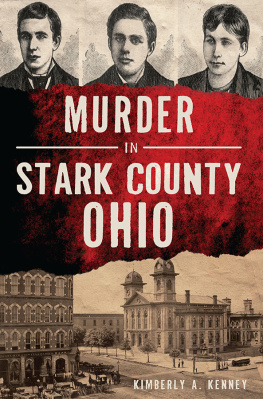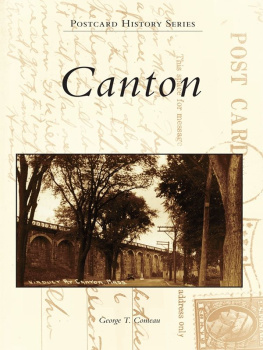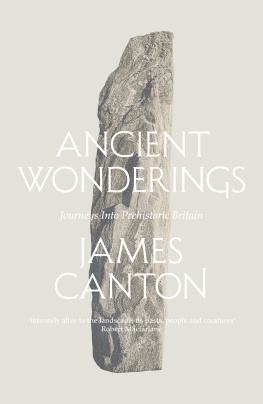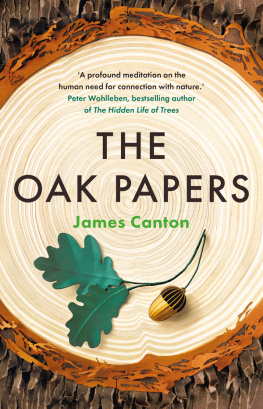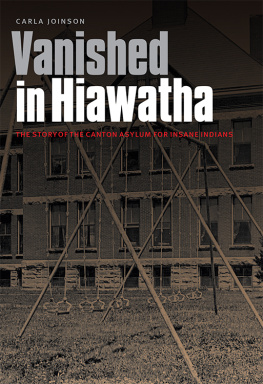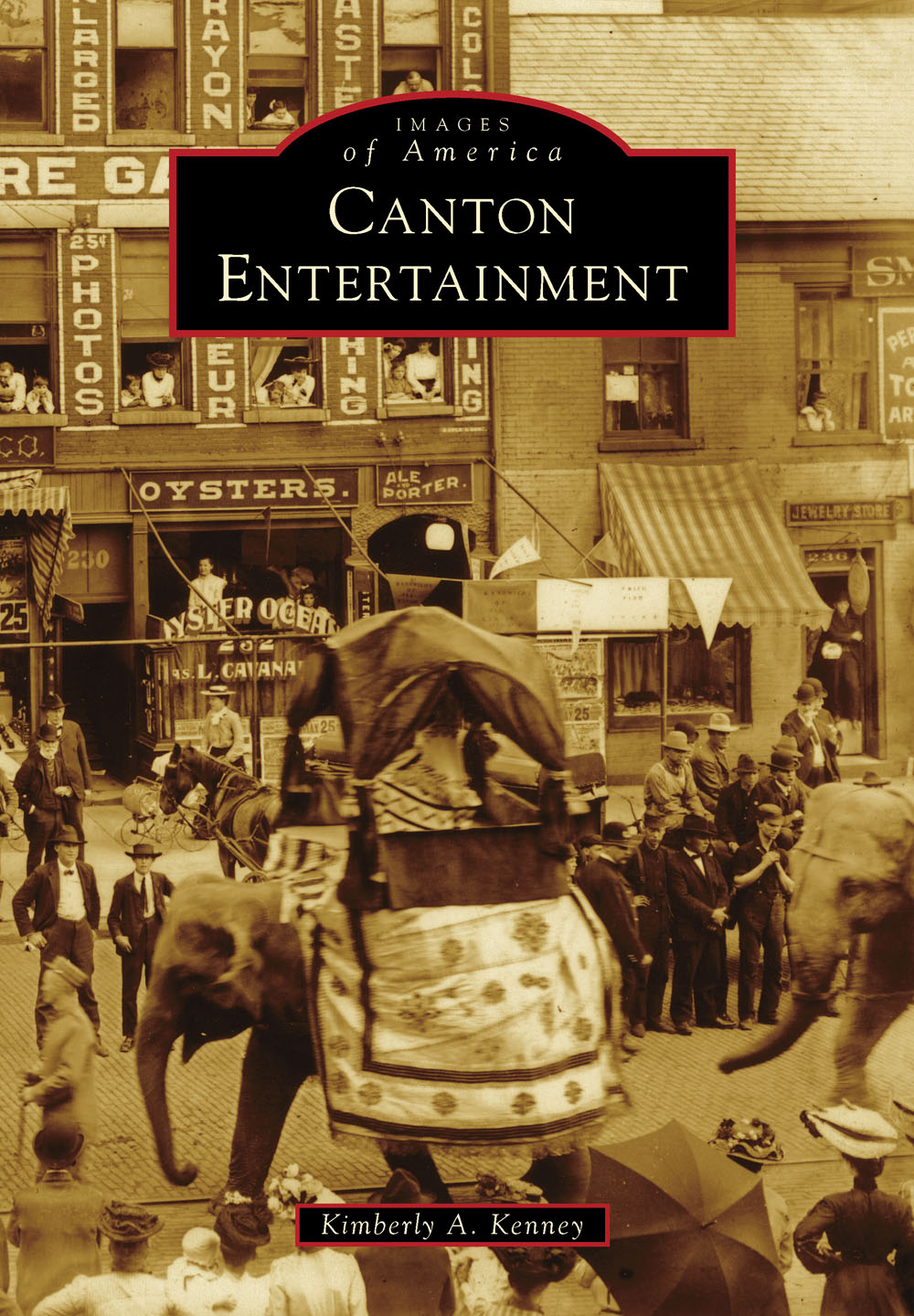
IMAGES
of America
CANTON
ENTERTAINMENT
ON THE COVER: The Barnum & Bailey Circus is pictured on parade in the 200 block of South Market Avenue on May 25, 1904.
IMAGES
of America
CANTON
ENTERTAINMENT
Kimberly A. Kenney

Copyright 2013 by Kimberly A. Kenney
ISBN 978-1-4671-1084-6
Ebook ISBN 9781439644300
Published by Arcadia Publishing
Charleston, South Carolina
Library of Congress Control Number: 2013937020
For all general information, please contact Arcadia Publishing:
Telephone 843-853-2070
Fax 843-853-0044
E-mail
For customer service and orders:
Toll-Free 1-888-313-2665
Visit us on the Internet at www.arcadiapublishing.com
This book is dedicated to all of the people and organizations in Canton who have provided entertainment opportunities for more than two centuries. Then or now, there has never been a reason to be bored in this town!
CONTENTS
ACKNOWLEDGMENTS
A book like this requires the help of many people to make it a success. First, I would like to thank my coworkers at the McKinley Presidential Library & Museum for their support of this project. Unless otherwise credited, the photographs in this book are from the museums collection. Special thanks to Repository journalist Gary Brown, who assisted with research and promoted the call for photographs that made this book possible. The archives at the McKinley Presidential Library & Museum are full of Garys Monday After columns, which provided a wealth of information for me. Char Lautzenheiser, director of the Canton Classic Car Museum, allowed me to poke around their vast collection of Canton memorabilia, looking for anything related to entertainment. Kathy Fleeher and Al Albacete of the Canton Museum of Art, Georgia Paxos at the Palace, and Michelle Mullaly and Lisa Boyer with the Canton Symphony Orchestra provided photographs and information about their organizations. Valerie Kline, reference librarian at the main branch of the Stark County District Library, sifted through stacks of books and mountains of files to find tidbits of information I needed to complete my research on some of the most obscure entertainment venues in this book. Thank you to the following individuals who brought me photographs from their personal collections or shared information with me: Barbara Abbott (Canton Food Tours), Joyce Bair, Carolyn Baird, Kent Bedford, John Butler, Rosemary Diamond, Richard W. Fulton, Bill and Judy Gouge, Leslie Gruber, Linda Herald, Becky Lloyd, David Lloyd, Al Longbrake, Michelle McCartney (Chateau Michele), Gary Nist, Jerry Novak, Linda Todd, Wanda Tull, and Dawn Walter. Last, but not least, I would like to thank my husband, Christopher Kenney, for his unwavering support, editing, research assistance, and homemade chocolate-chip cookies.
If you do not see your favorite restaurant, store, or entertainment venue in this book, it is likely because I could not locate a photograph of it. If you have one, please contact me at the museum at 330-455-7043 or . We are always looking to build our collection and preserve more of Canton and Stark Countys history.
INTRODUCTION
Throughout history, humankind has always tried to make time to rest, relax, and have a little fun. Even while carving a community in the wilderness, pioneers in this area organized singing societies to entertain themselves. As the population grew, restaurants, stores, hotels, theaters, clubs, sporting events, and celebrations began to take shape.
John Shorb opened Cantons first store in 1807, just two years after the town was established, on the southwest corner of Market Avenue and Second Street. Since the early settlers made most of what they needed themselves, Shorb stocked leather, drugs, tobacco, tea, some hardware, and a small amount of fabric. With limited cash on the frontier, customers often bartered for goods with butter, eggs, potatoes, and apples. Gen. George Stidger opened Cantons first hotel at 209 West Tuscarawas Street (where the St. Francis later stood).
The Stark County Fairgrounds were an important focal point of activities in the rural community during the 19th century. The first county fair took place at Public Square in downtown Canton in 1850, making it one of the oldest annual events in the region. The county fair alternated between Canton and Massillon before the current fairgrounds was built in 1894.
During the Great Depression in the 1930s, Canton enjoyed a cultural renaissance with the development of many arts organizations we still cherish todaythe Players Guild, the Canton Symphony Orchestra, and the Canton Art Institute (now the Canton Museum of Art.) People may have had less money, but they did have more leisure time to enjoy community performances and shows.
Though many favorites from the 20th centurylike Meyers Lake, the Moonlight Ballroom, and Mother Gooselandare now gone, the memories live on.
One
AMUSEMENT PARKS

A favorite pastime for decades was a lazy afternoon at Meyers Lake, the crown jewel of Canton. The lake and the amusement park built on its shores were named for Andrew Meyer, who acquired it in 1817 as reparations for his help during the War of 1812. Meyers Lake was originally known as Lake View Park. Visitors enjoyed rides, games, and concessions, but it was also a popular spot for camping, swimming, boating, and walking the promenade, like this gentleman in 1905.
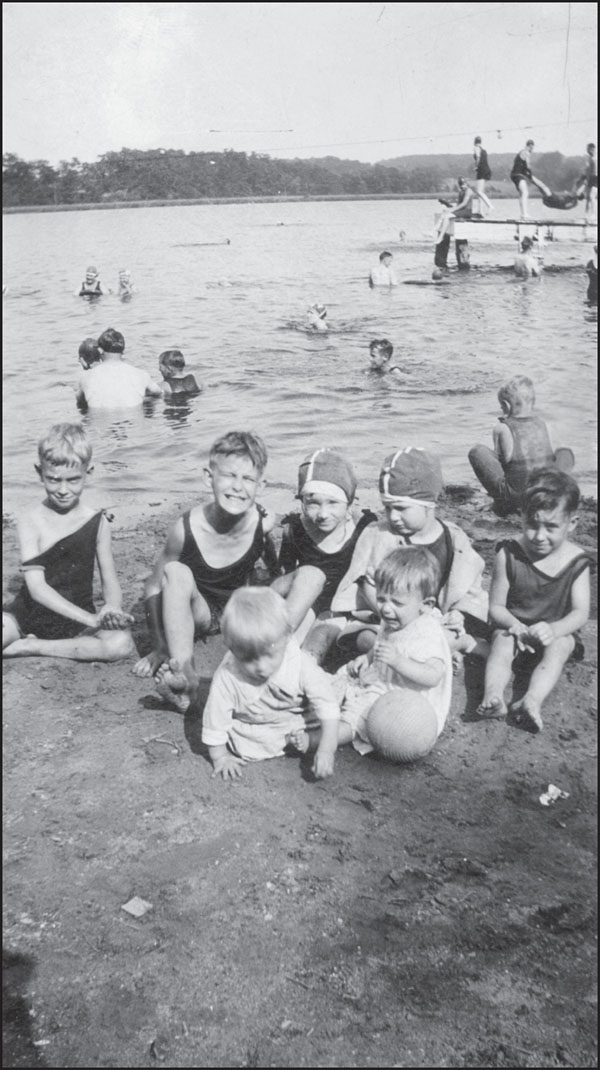
Meyers Lake is a 140-acre natural, spring-fed lake. Arrowheads, spear points, and other artifacts indicate the presence of Native American groups in the region centuries before the pioneers settled there. Swimming during the hot summer months was likely just as popular then as it was in the early 20th century for these little bathers.

This photograph of the Meyers Lake Bath House was taken from a boat in the 1920s. At the time, mens bathing suits were one piece and usually made of wool. The Bath House featured a set of steps in front of the center door that went right into the water. A slide is just outside the photograph, to the right.
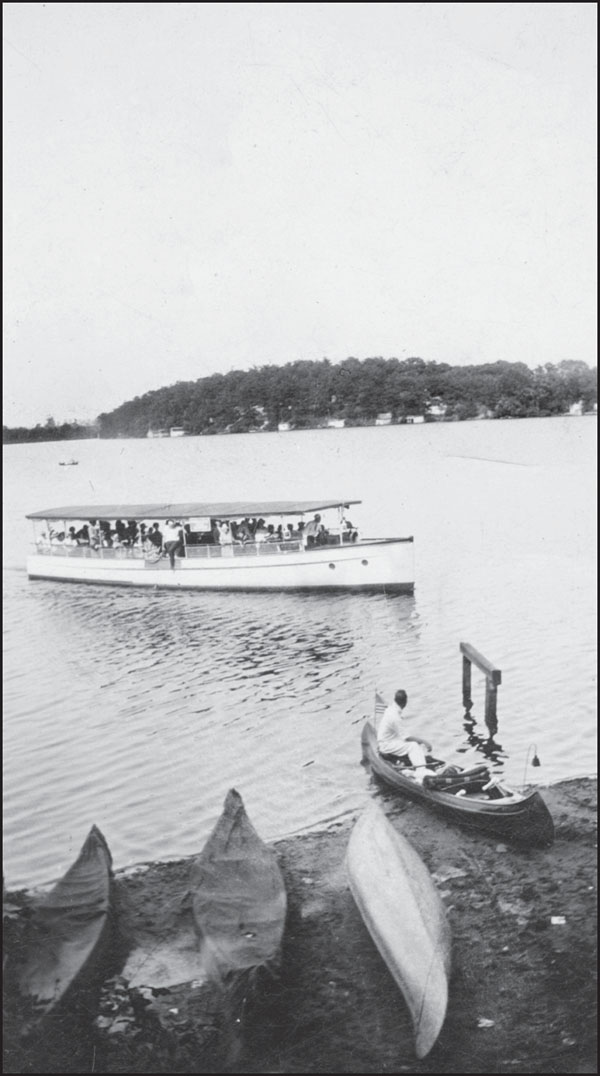
If one did not want to get wet, boating was an ideal option to enjoy the lake. The first organized activity at Meyers Lake was the Eclipse Boat Club, founded in 1869. A boathouse was constructed on the north shore of the lake in 1873, and the Canton Canoe Club was organized in 1910 and held regular regattas. Later, speedboat racing and water-skiing shows would become popular.

After the Civil War, increasing leisure time led to an interest in recreational facilities where people could escape from the city. By the 1890s, it was common for entire families to move out to Meyers Lake for the summer, living in tents or simple shacks that would be transformed into cottages in later years.
Next page

